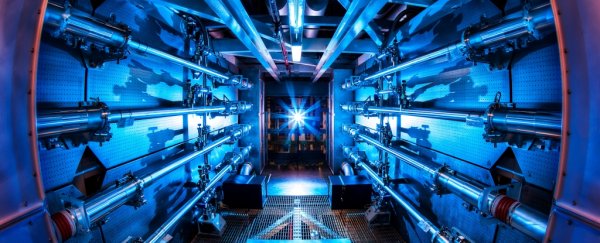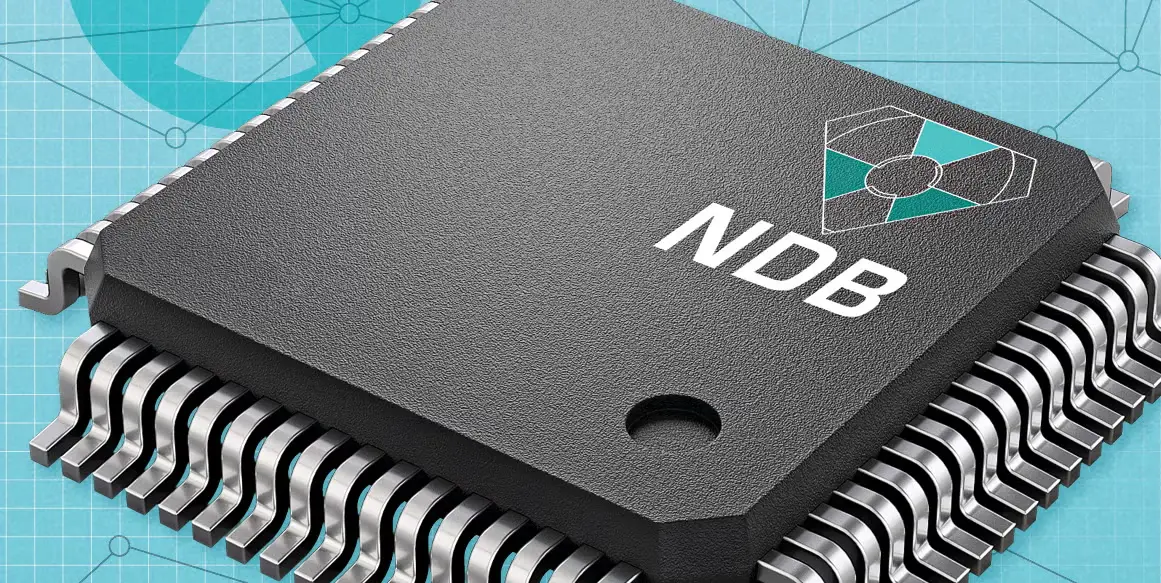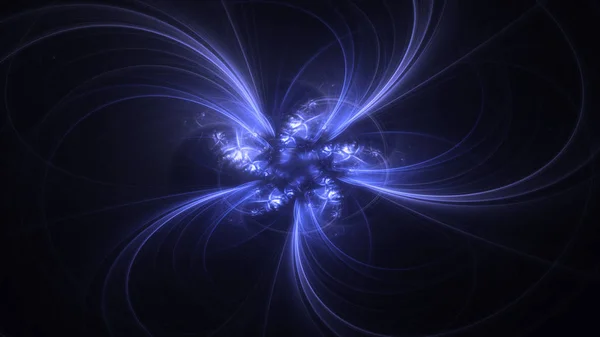Fusion energy output was 25 times higher than similar experiments conducted earlier.
Key Takeaways
- For the first time, a fusion reaction produced more energy than the fuel absorbed.
- The breakthrough achieved a record energy output of 1.3 megajoules, an eightfold improvement.
- The experiment used 192 high-powered lasers to replicate conditions found in a star’s core.
- Researchers refined fuel capsule designs and laser precision to boost efficiency dramatically.
- This milestone brings us closer to achieving ignition and practical fusion energy.
___________
Physicists at the National Ignition Facility (NIF) at Lawrence Livermore National Laboratory achieved a groundbreaking milestone in fusion research. For the first time, a fusion reaction yielded more energy than the fuel absorbed, producing 1.3 megajoules of energy. This represents an eightfold improvement over earlier experiments and a 25-fold leap compared to efforts in 2018.
Although the energy from the lasers used to trigger the reaction totaled 1.9 megajoules, the fuel capsule absorbed far less energy while producing five times more in return. This achievement falls short of true ignition, where total energy output surpasses total input, but it is a monumental step forward.
Creating a Tiny Star
The NIF experiment relies on inertial confinement fusion, which mimics the core of a star. The process begins with a tiny fuel capsule made of deuterium and tritium (heavy hydrogen isotopes), placed inside a pencil-eraser-sized gold chamber called a hohlraum.
Using 192 high-powered lasers, researchers blast the hohlraum, converting the energy into X-rays. These X-rays heat and compress the fuel capsule to extreme temperatures exceeding 100 million degrees Celsius and pressures greater than 100 billion Earth atmospheres. Within billionths of a second, the deuterium and tritium atoms fuse, creating a plasma hotspot that releases tremendous energy.
Refinements and Future Goals
Decades of innovation made this achievement possible. Researchers enhanced the design of the hohlraum and capsule, improved laser precision, and introduced new diagnostic tools to measure the reaction’s success. By increasing the speed of capsule implosion, they transferred more energy to the plasma hotspot, significantly boosting fusion yield.
The team’s next goal is to replicate this success and refine the process further. A major challenge lies in improving energy efficiency: much of the laser energy is lost when converted into X-rays, with a significant portion absorbed by the hohlraum walls. Solving this issue will be essential for making fusion a viable energy source.

A Historic Step
Leaders in the field celebrated the achievement as a culmination of decades of research and dedication. Kim Budil, director of Lawrence Livermore National Laboratory, emphasized the significance of tackling grand scientific challenges. Similarly, Johan Frenje of MIT highlighted the breakthrough’s importance in advancing fusion research and validating high-energy density simulations.
While practical fusion energy remains a distant goal, this experiment represents a pivotal moment in the journey toward sustainable and limitless energy.




